Consumer Insight Report: Marketing Strategies for Solar Panel Adoption
VerifiedAdded on 2021/06/18
|15
|2793
|27
Report
AI Summary
This consumer insight report analyzes the marketing strategies for promoting solar panel and home battery adoption in Australia, addressing the rising electricity costs and the need for sustainable energy solutions. The report begins with an introduction that highlights the current market challenges and opportunities. A comprehensive literature review explores consumer behavior theories, including the goal-based attitudinal theory, to understand consumer purchase intentions. Based on these insights, three marketing strategies are proposed: a competitive pricing strategy to attract customers, a market development strategy utilizing both traditional and digital marketing channels, and a strategy based on the BCG matrix to promote high-growth products. The report recommends the competitive pricing strategy as the most effective approach to expand market share. The analysis includes appendices with supporting data, such as Porter's Five Forces, Ansoff's matrix and BCG matrix, and competitor analysis. The report concludes with a recommendation for companies to influence consumer choices and expand their market scope in the solar panel and home battery sector.
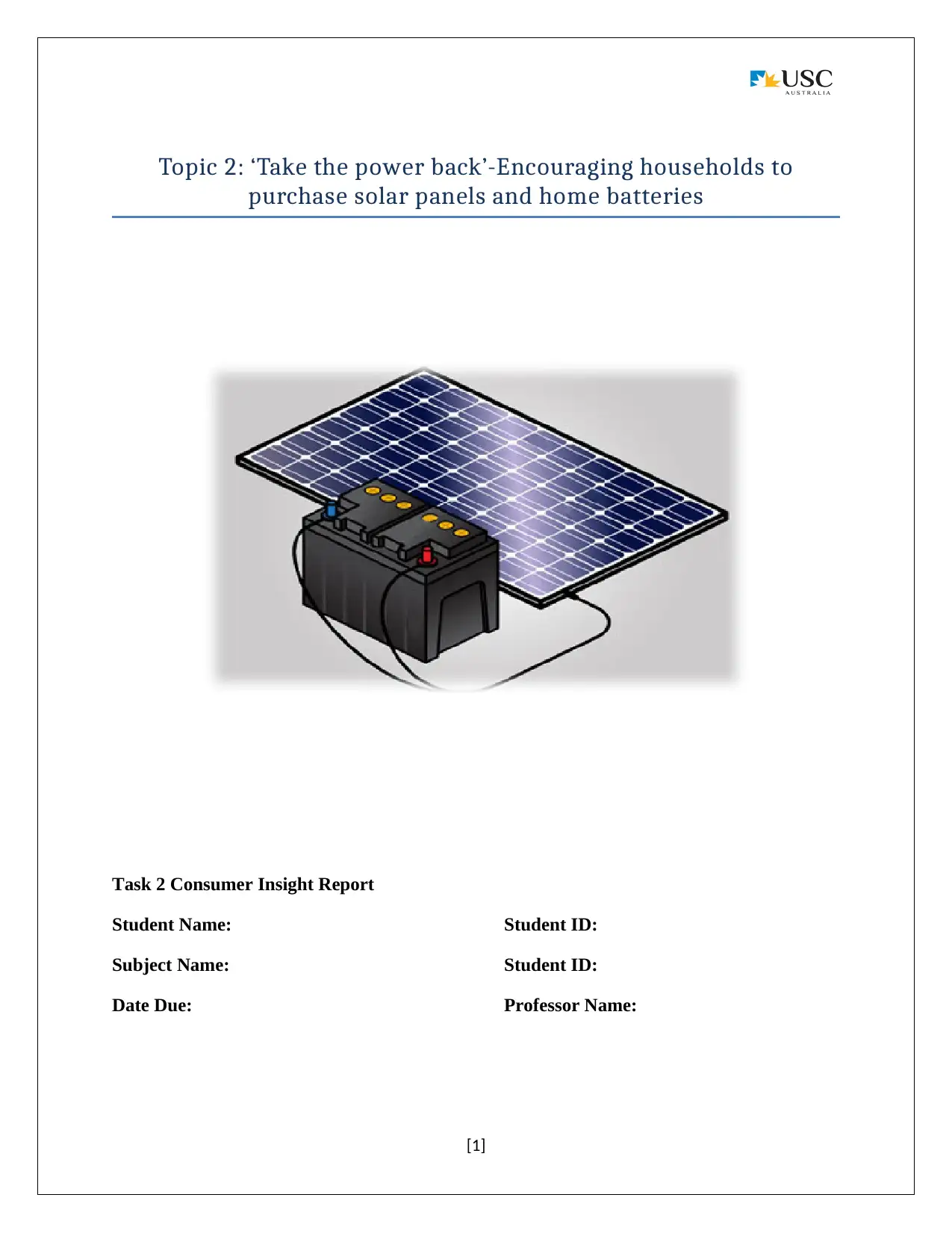
Topic 2: ‘Take the power back’-Encouraging households to
purchase solar panels and home batteries
Task 2 Consumer Insight Report
Student Name: Student ID:
Subject Name: Student ID:
Date Due: Professor Name:
[1]
purchase solar panels and home batteries
Task 2 Consumer Insight Report
Student Name: Student ID:
Subject Name: Student ID:
Date Due: Professor Name:
[1]
Paraphrase This Document
Need a fresh take? Get an instant paraphrase of this document with our AI Paraphraser
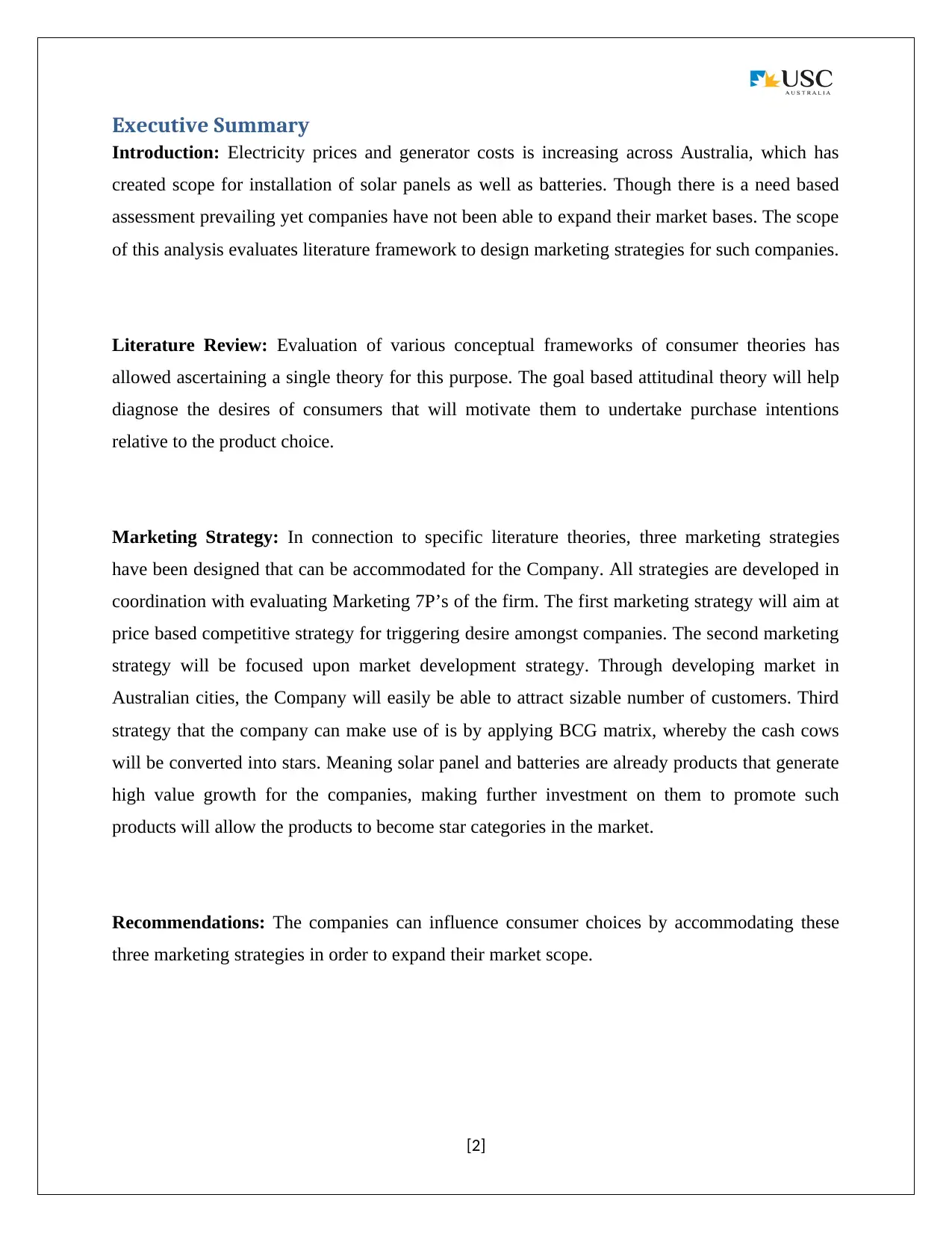
Executive Summary
Introduction: Electricity prices and generator costs is increasing across Australia, which has
created scope for installation of solar panels as well as batteries. Though there is a need based
assessment prevailing yet companies have not been able to expand their market bases. The scope
of this analysis evaluates literature framework to design marketing strategies for such companies.
Literature Review: Evaluation of various conceptual frameworks of consumer theories has
allowed ascertaining a single theory for this purpose. The goal based attitudinal theory will help
diagnose the desires of consumers that will motivate them to undertake purchase intentions
relative to the product choice.
Marketing Strategy: In connection to specific literature theories, three marketing strategies
have been designed that can be accommodated for the Company. All strategies are developed in
coordination with evaluating Marketing 7P’s of the firm. The first marketing strategy will aim at
price based competitive strategy for triggering desire amongst companies. The second marketing
strategy will be focused upon market development strategy. Through developing market in
Australian cities, the Company will easily be able to attract sizable number of customers. Third
strategy that the company can make use of is by applying BCG matrix, whereby the cash cows
will be converted into stars. Meaning solar panel and batteries are already products that generate
high value growth for the companies, making further investment on them to promote such
products will allow the products to become star categories in the market.
Recommendations: The companies can influence consumer choices by accommodating these
three marketing strategies in order to expand their market scope.
[2]
Introduction: Electricity prices and generator costs is increasing across Australia, which has
created scope for installation of solar panels as well as batteries. Though there is a need based
assessment prevailing yet companies have not been able to expand their market bases. The scope
of this analysis evaluates literature framework to design marketing strategies for such companies.
Literature Review: Evaluation of various conceptual frameworks of consumer theories has
allowed ascertaining a single theory for this purpose. The goal based attitudinal theory will help
diagnose the desires of consumers that will motivate them to undertake purchase intentions
relative to the product choice.
Marketing Strategy: In connection to specific literature theories, three marketing strategies
have been designed that can be accommodated for the Company. All strategies are developed in
coordination with evaluating Marketing 7P’s of the firm. The first marketing strategy will aim at
price based competitive strategy for triggering desire amongst companies. The second marketing
strategy will be focused upon market development strategy. Through developing market in
Australian cities, the Company will easily be able to attract sizable number of customers. Third
strategy that the company can make use of is by applying BCG matrix, whereby the cash cows
will be converted into stars. Meaning solar panel and batteries are already products that generate
high value growth for the companies, making further investment on them to promote such
products will allow the products to become star categories in the market.
Recommendations: The companies can influence consumer choices by accommodating these
three marketing strategies in order to expand their market scope.
[2]
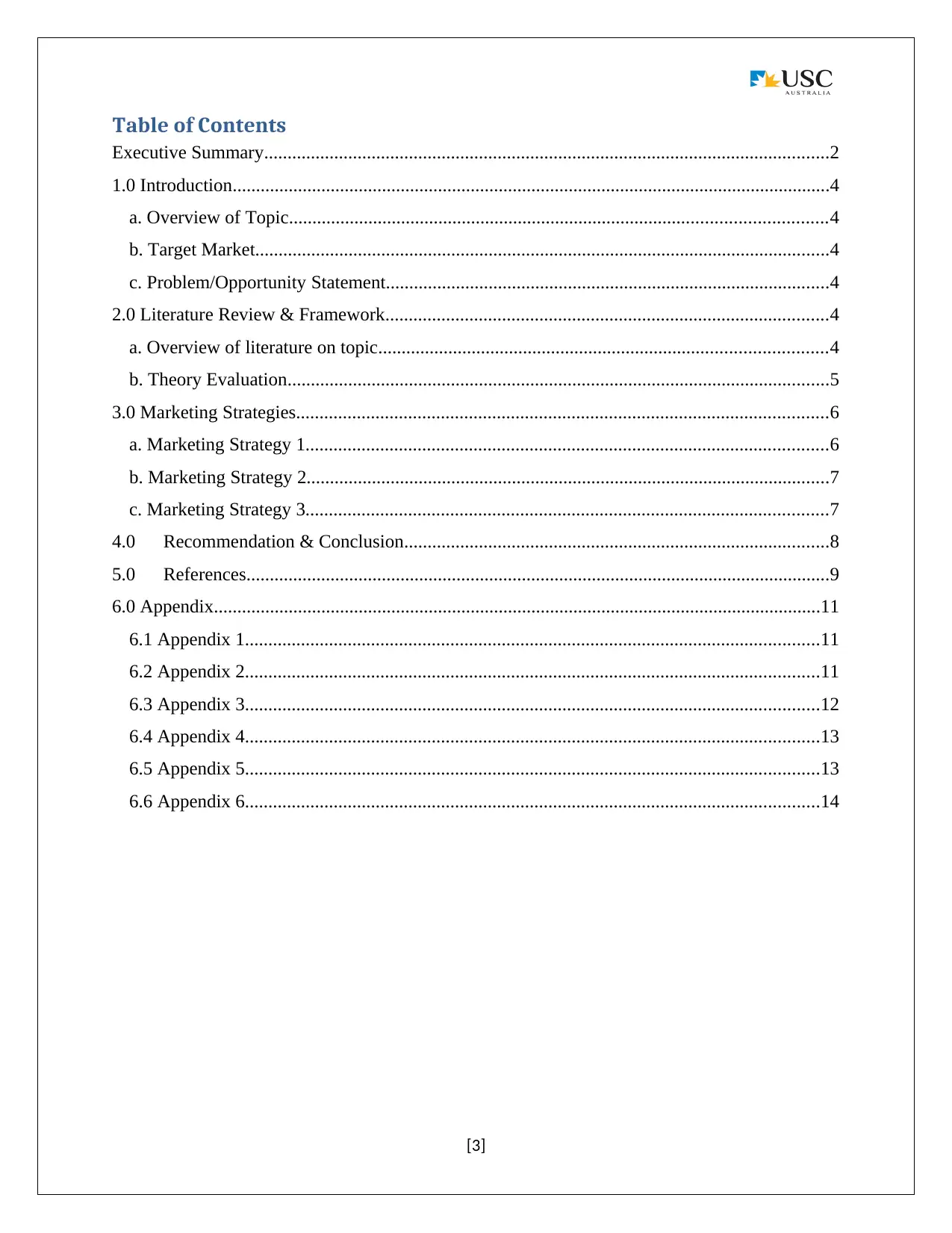
Table of Contents
Executive Summary.........................................................................................................................2
1.0 Introduction................................................................................................................................4
a. Overview of Topic...................................................................................................................4
b. Target Market...........................................................................................................................4
c. Problem/Opportunity Statement...............................................................................................4
2.0 Literature Review & Framework...............................................................................................4
a. Overview of literature on topic................................................................................................4
b. Theory Evaluation....................................................................................................................5
3.0 Marketing Strategies..................................................................................................................6
a. Marketing Strategy 1................................................................................................................6
b. Marketing Strategy 2................................................................................................................7
c. Marketing Strategy 3................................................................................................................7
4.0 Recommendation & Conclusion...........................................................................................8
5.0 References.............................................................................................................................9
6.0 Appendix..................................................................................................................................11
6.1 Appendix 1...........................................................................................................................11
6.2 Appendix 2...........................................................................................................................11
6.3 Appendix 3...........................................................................................................................12
6.4 Appendix 4...........................................................................................................................13
6.5 Appendix 5...........................................................................................................................13
6.6 Appendix 6...........................................................................................................................14
[3]
Executive Summary.........................................................................................................................2
1.0 Introduction................................................................................................................................4
a. Overview of Topic...................................................................................................................4
b. Target Market...........................................................................................................................4
c. Problem/Opportunity Statement...............................................................................................4
2.0 Literature Review & Framework...............................................................................................4
a. Overview of literature on topic................................................................................................4
b. Theory Evaluation....................................................................................................................5
3.0 Marketing Strategies..................................................................................................................6
a. Marketing Strategy 1................................................................................................................6
b. Marketing Strategy 2................................................................................................................7
c. Marketing Strategy 3................................................................................................................7
4.0 Recommendation & Conclusion...........................................................................................8
5.0 References.............................................................................................................................9
6.0 Appendix..................................................................................................................................11
6.1 Appendix 1...........................................................................................................................11
6.2 Appendix 2...........................................................................................................................11
6.3 Appendix 3...........................................................................................................................12
6.4 Appendix 4...........................................................................................................................13
6.5 Appendix 5...........................................................................................................................13
6.6 Appendix 6...........................................................................................................................14
[3]
⊘ This is a preview!⊘
Do you want full access?
Subscribe today to unlock all pages.

Trusted by 1+ million students worldwide
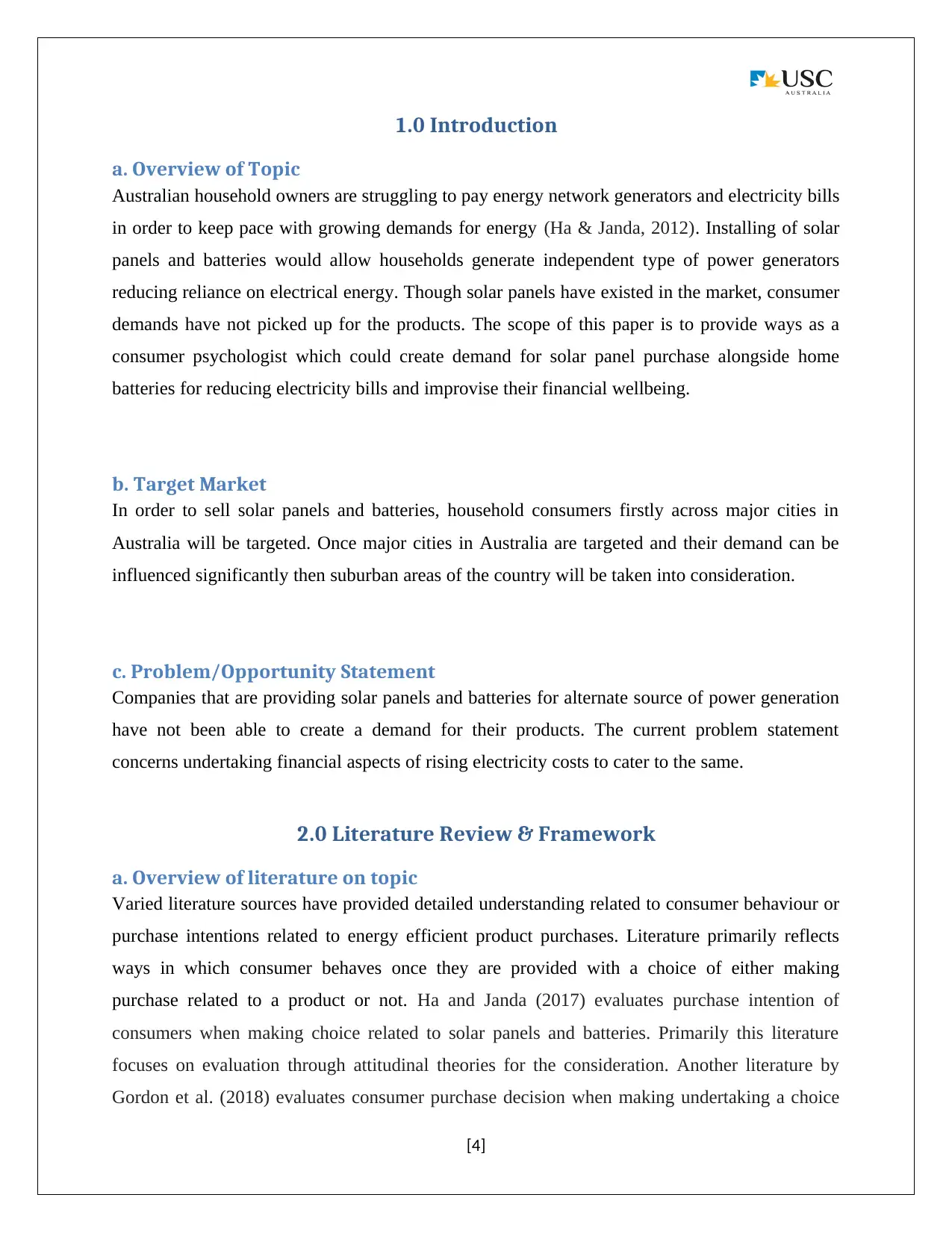
1.0 Introduction
a. Overview of Topic
Australian household owners are struggling to pay energy network generators and electricity bills
in order to keep pace with growing demands for energy (Ha & Janda, 2012). Installing of solar
panels and batteries would allow households generate independent type of power generators
reducing reliance on electrical energy. Though solar panels have existed in the market, consumer
demands have not picked up for the products. The scope of this paper is to provide ways as a
consumer psychologist which could create demand for solar panel purchase alongside home
batteries for reducing electricity bills and improvise their financial wellbeing.
b. Target Market
In order to sell solar panels and batteries, household consumers firstly across major cities in
Australia will be targeted. Once major cities in Australia are targeted and their demand can be
influenced significantly then suburban areas of the country will be taken into consideration.
c. Problem/Opportunity Statement
Companies that are providing solar panels and batteries for alternate source of power generation
have not been able to create a demand for their products. The current problem statement
concerns undertaking financial aspects of rising electricity costs to cater to the same.
2.0 Literature Review & Framework
a. Overview of literature on topic
Varied literature sources have provided detailed understanding related to consumer behaviour or
purchase intentions related to energy efficient product purchases. Literature primarily reflects
ways in which consumer behaves once they are provided with a choice of either making
purchase related to a product or not. Ha and Janda (2017) evaluates purchase intention of
consumers when making choice related to solar panels and batteries. Primarily this literature
focuses on evaluation through attitudinal theories for the consideration. Another literature by
Gordon et al. (2018) evaluates consumer purchase decision when making undertaking a choice
[4]
a. Overview of Topic
Australian household owners are struggling to pay energy network generators and electricity bills
in order to keep pace with growing demands for energy (Ha & Janda, 2012). Installing of solar
panels and batteries would allow households generate independent type of power generators
reducing reliance on electrical energy. Though solar panels have existed in the market, consumer
demands have not picked up for the products. The scope of this paper is to provide ways as a
consumer psychologist which could create demand for solar panel purchase alongside home
batteries for reducing electricity bills and improvise their financial wellbeing.
b. Target Market
In order to sell solar panels and batteries, household consumers firstly across major cities in
Australia will be targeted. Once major cities in Australia are targeted and their demand can be
influenced significantly then suburban areas of the country will be taken into consideration.
c. Problem/Opportunity Statement
Companies that are providing solar panels and batteries for alternate source of power generation
have not been able to create a demand for their products. The current problem statement
concerns undertaking financial aspects of rising electricity costs to cater to the same.
2.0 Literature Review & Framework
a. Overview of literature on topic
Varied literature sources have provided detailed understanding related to consumer behaviour or
purchase intentions related to energy efficient product purchases. Literature primarily reflects
ways in which consumer behaves once they are provided with a choice of either making
purchase related to a product or not. Ha and Janda (2017) evaluates purchase intention of
consumers when making choice related to solar panels and batteries. Primarily this literature
focuses on evaluation through attitudinal theories for the consideration. Another literature by
Gordon et al. (2018) evaluates consumer purchase decision when making undertaking a choice
[4]
Paraphrase This Document
Need a fresh take? Get an instant paraphrase of this document with our AI Paraphraser
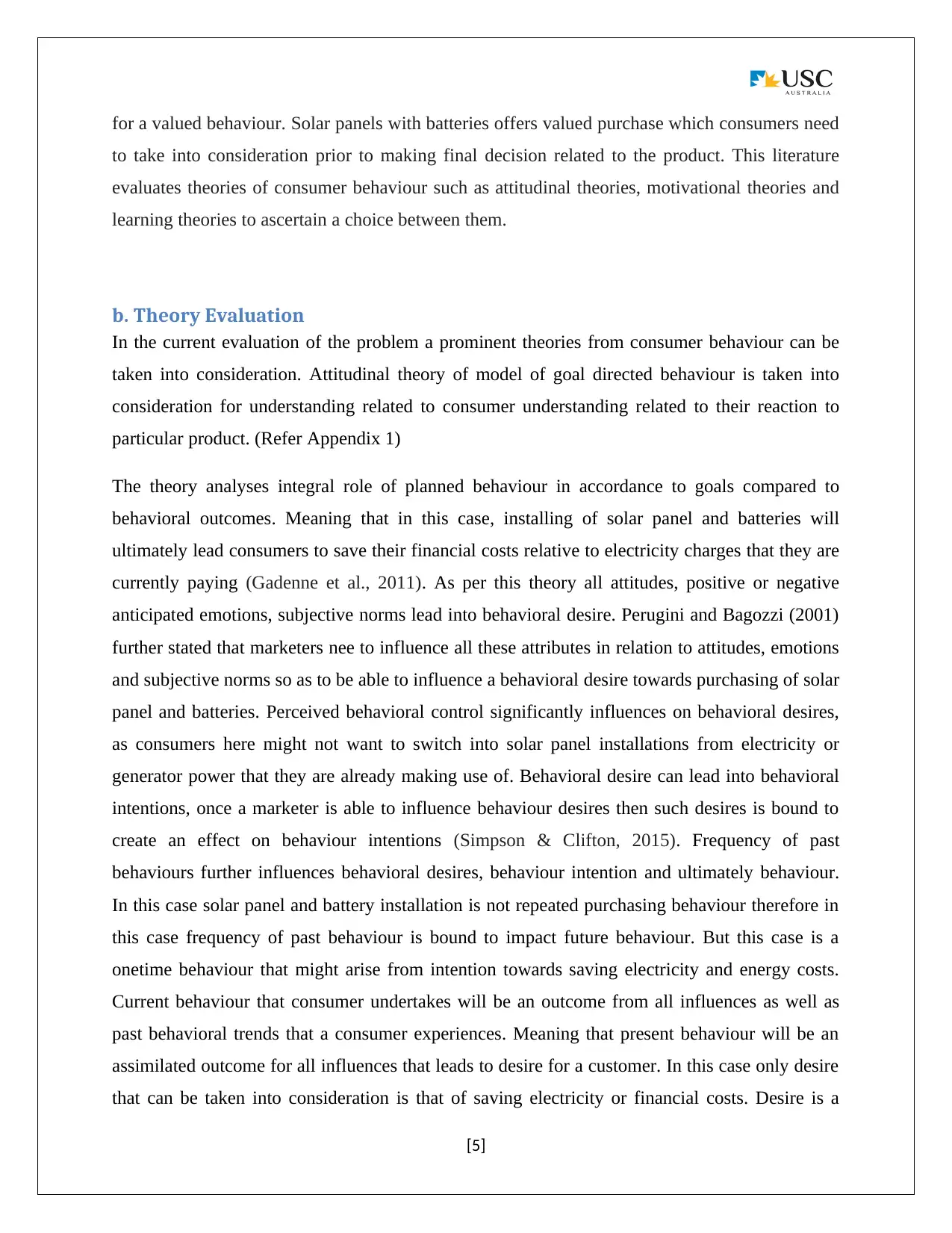
for a valued behaviour. Solar panels with batteries offers valued purchase which consumers need
to take into consideration prior to making final decision related to the product. This literature
evaluates theories of consumer behaviour such as attitudinal theories, motivational theories and
learning theories to ascertain a choice between them.
b. Theory Evaluation
In the current evaluation of the problem a prominent theories from consumer behaviour can be
taken into consideration. Attitudinal theory of model of goal directed behaviour is taken into
consideration for understanding related to consumer understanding related to their reaction to
particular product. (Refer Appendix 1)
The theory analyses integral role of planned behaviour in accordance to goals compared to
behavioral outcomes. Meaning that in this case, installing of solar panel and batteries will
ultimately lead consumers to save their financial costs relative to electricity charges that they are
currently paying (Gadenne et al., 2011). As per this theory all attitudes, positive or negative
anticipated emotions, subjective norms lead into behavioral desire. Perugini and Bagozzi (2001)
further stated that marketers nee to influence all these attributes in relation to attitudes, emotions
and subjective norms so as to be able to influence a behavioral desire towards purchasing of solar
panel and batteries. Perceived behavioral control significantly influences on behavioral desires,
as consumers here might not want to switch into solar panel installations from electricity or
generator power that they are already making use of. Behavioral desire can lead into behavioral
intentions, once a marketer is able to influence behaviour desires then such desires is bound to
create an effect on behaviour intentions (Simpson & Clifton, 2015). Frequency of past
behaviours further influences behavioral desires, behaviour intention and ultimately behaviour.
In this case solar panel and battery installation is not repeated purchasing behaviour therefore in
this case frequency of past behaviour is bound to impact future behaviour. But this case is a
onetime behaviour that might arise from intention towards saving electricity and energy costs.
Current behaviour that consumer undertakes will be an outcome from all influences as well as
past behavioral trends that a consumer experiences. Meaning that present behaviour will be an
assimilated outcome for all influences that leads to desire for a customer. In this case only desire
that can be taken into consideration is that of saving electricity or financial costs. Desire is a
[5]
to take into consideration prior to making final decision related to the product. This literature
evaluates theories of consumer behaviour such as attitudinal theories, motivational theories and
learning theories to ascertain a choice between them.
b. Theory Evaluation
In the current evaluation of the problem a prominent theories from consumer behaviour can be
taken into consideration. Attitudinal theory of model of goal directed behaviour is taken into
consideration for understanding related to consumer understanding related to their reaction to
particular product. (Refer Appendix 1)
The theory analyses integral role of planned behaviour in accordance to goals compared to
behavioral outcomes. Meaning that in this case, installing of solar panel and batteries will
ultimately lead consumers to save their financial costs relative to electricity charges that they are
currently paying (Gadenne et al., 2011). As per this theory all attitudes, positive or negative
anticipated emotions, subjective norms lead into behavioral desire. Perugini and Bagozzi (2001)
further stated that marketers nee to influence all these attributes in relation to attitudes, emotions
and subjective norms so as to be able to influence a behavioral desire towards purchasing of solar
panel and batteries. Perceived behavioral control significantly influences on behavioral desires,
as consumers here might not want to switch into solar panel installations from electricity or
generator power that they are already making use of. Behavioral desire can lead into behavioral
intentions, once a marketer is able to influence behaviour desires then such desires is bound to
create an effect on behaviour intentions (Simpson & Clifton, 2015). Frequency of past
behaviours further influences behavioral desires, behaviour intention and ultimately behaviour.
In this case solar panel and battery installation is not repeated purchasing behaviour therefore in
this case frequency of past behaviour is bound to impact future behaviour. But this case is a
onetime behaviour that might arise from intention towards saving electricity and energy costs.
Current behaviour that consumer undertakes will be an outcome from all influences as well as
past behavioral trends that a consumer experiences. Meaning that present behaviour will be an
assimilated outcome for all influences that leads to desire for a customer. In this case only desire
that can be taken into consideration is that of saving electricity or financial costs. Desire is a
[5]
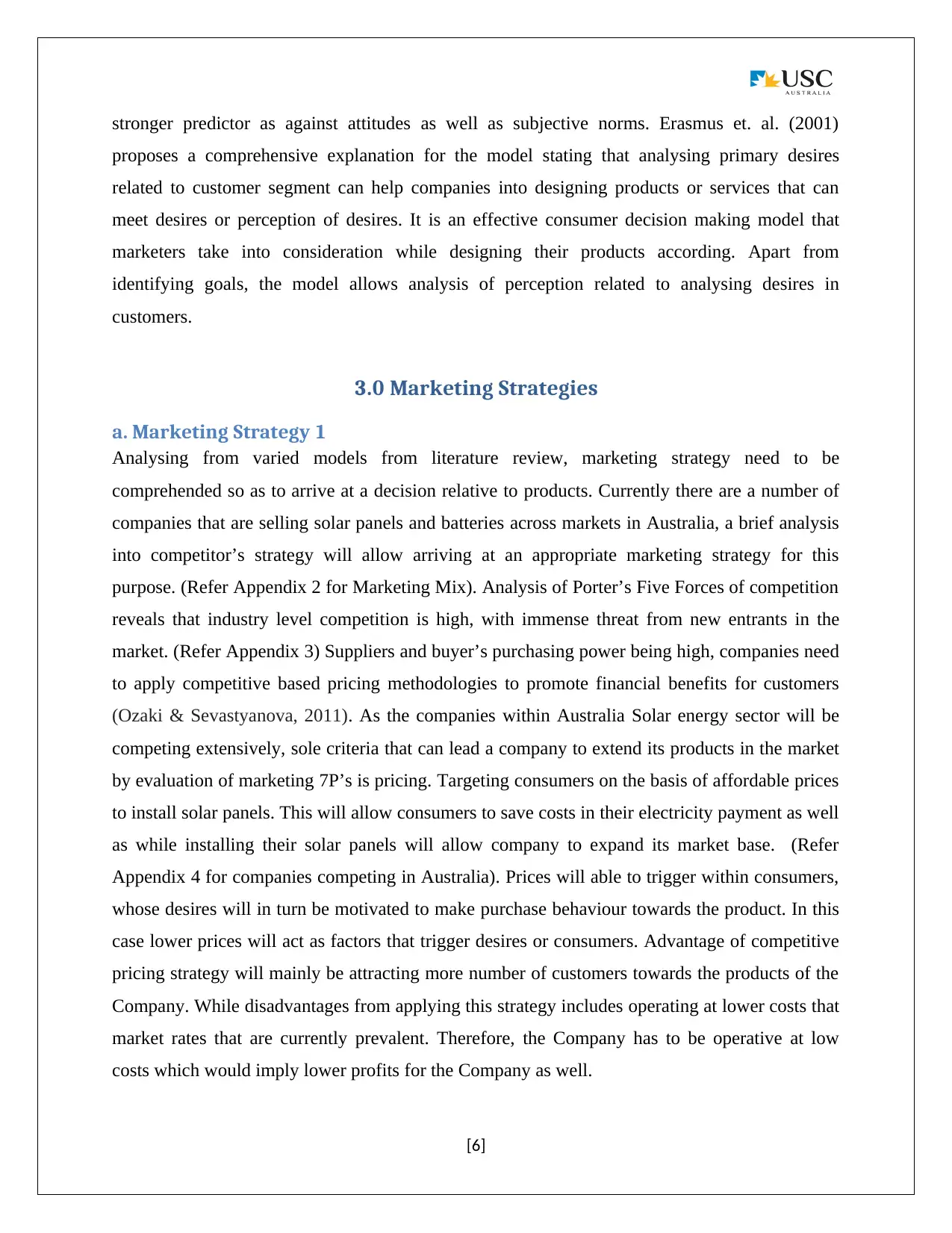
stronger predictor as against attitudes as well as subjective norms. Erasmus et. al. (2001)
proposes a comprehensive explanation for the model stating that analysing primary desires
related to customer segment can help companies into designing products or services that can
meet desires or perception of desires. It is an effective consumer decision making model that
marketers take into consideration while designing their products according. Apart from
identifying goals, the model allows analysis of perception related to analysing desires in
customers.
3.0 Marketing Strategies
a. Marketing Strategy 1
Analysing from varied models from literature review, marketing strategy need to be
comprehended so as to arrive at a decision relative to products. Currently there are a number of
companies that are selling solar panels and batteries across markets in Australia, a brief analysis
into competitor’s strategy will allow arriving at an appropriate marketing strategy for this
purpose. (Refer Appendix 2 for Marketing Mix). Analysis of Porter’s Five Forces of competition
reveals that industry level competition is high, with immense threat from new entrants in the
market. (Refer Appendix 3) Suppliers and buyer’s purchasing power being high, companies need
to apply competitive based pricing methodologies to promote financial benefits for customers
(Ozaki & Sevastyanova, 2011). As the companies within Australia Solar energy sector will be
competing extensively, sole criteria that can lead a company to extend its products in the market
by evaluation of marketing 7P’s is pricing. Targeting consumers on the basis of affordable prices
to install solar panels. This will allow consumers to save costs in their electricity payment as well
as while installing their solar panels will allow company to expand its market base. (Refer
Appendix 4 for companies competing in Australia). Prices will able to trigger within consumers,
whose desires will in turn be motivated to make purchase behaviour towards the product. In this
case lower prices will act as factors that trigger desires or consumers. Advantage of competitive
pricing strategy will mainly be attracting more number of customers towards the products of the
Company. While disadvantages from applying this strategy includes operating at lower costs that
market rates that are currently prevalent. Therefore, the Company has to be operative at low
costs which would imply lower profits for the Company as well.
[6]
proposes a comprehensive explanation for the model stating that analysing primary desires
related to customer segment can help companies into designing products or services that can
meet desires or perception of desires. It is an effective consumer decision making model that
marketers take into consideration while designing their products according. Apart from
identifying goals, the model allows analysis of perception related to analysing desires in
customers.
3.0 Marketing Strategies
a. Marketing Strategy 1
Analysing from varied models from literature review, marketing strategy need to be
comprehended so as to arrive at a decision relative to products. Currently there are a number of
companies that are selling solar panels and batteries across markets in Australia, a brief analysis
into competitor’s strategy will allow arriving at an appropriate marketing strategy for this
purpose. (Refer Appendix 2 for Marketing Mix). Analysis of Porter’s Five Forces of competition
reveals that industry level competition is high, with immense threat from new entrants in the
market. (Refer Appendix 3) Suppliers and buyer’s purchasing power being high, companies need
to apply competitive based pricing methodologies to promote financial benefits for customers
(Ozaki & Sevastyanova, 2011). As the companies within Australia Solar energy sector will be
competing extensively, sole criteria that can lead a company to extend its products in the market
by evaluation of marketing 7P’s is pricing. Targeting consumers on the basis of affordable prices
to install solar panels. This will allow consumers to save costs in their electricity payment as well
as while installing their solar panels will allow company to expand its market base. (Refer
Appendix 4 for companies competing in Australia). Prices will able to trigger within consumers,
whose desires will in turn be motivated to make purchase behaviour towards the product. In this
case lower prices will act as factors that trigger desires or consumers. Advantage of competitive
pricing strategy will mainly be attracting more number of customers towards the products of the
Company. While disadvantages from applying this strategy includes operating at lower costs that
market rates that are currently prevalent. Therefore, the Company has to be operative at low
costs which would imply lower profits for the Company as well.
[6]
⊘ This is a preview!⊘
Do you want full access?
Subscribe today to unlock all pages.

Trusted by 1+ million students worldwide
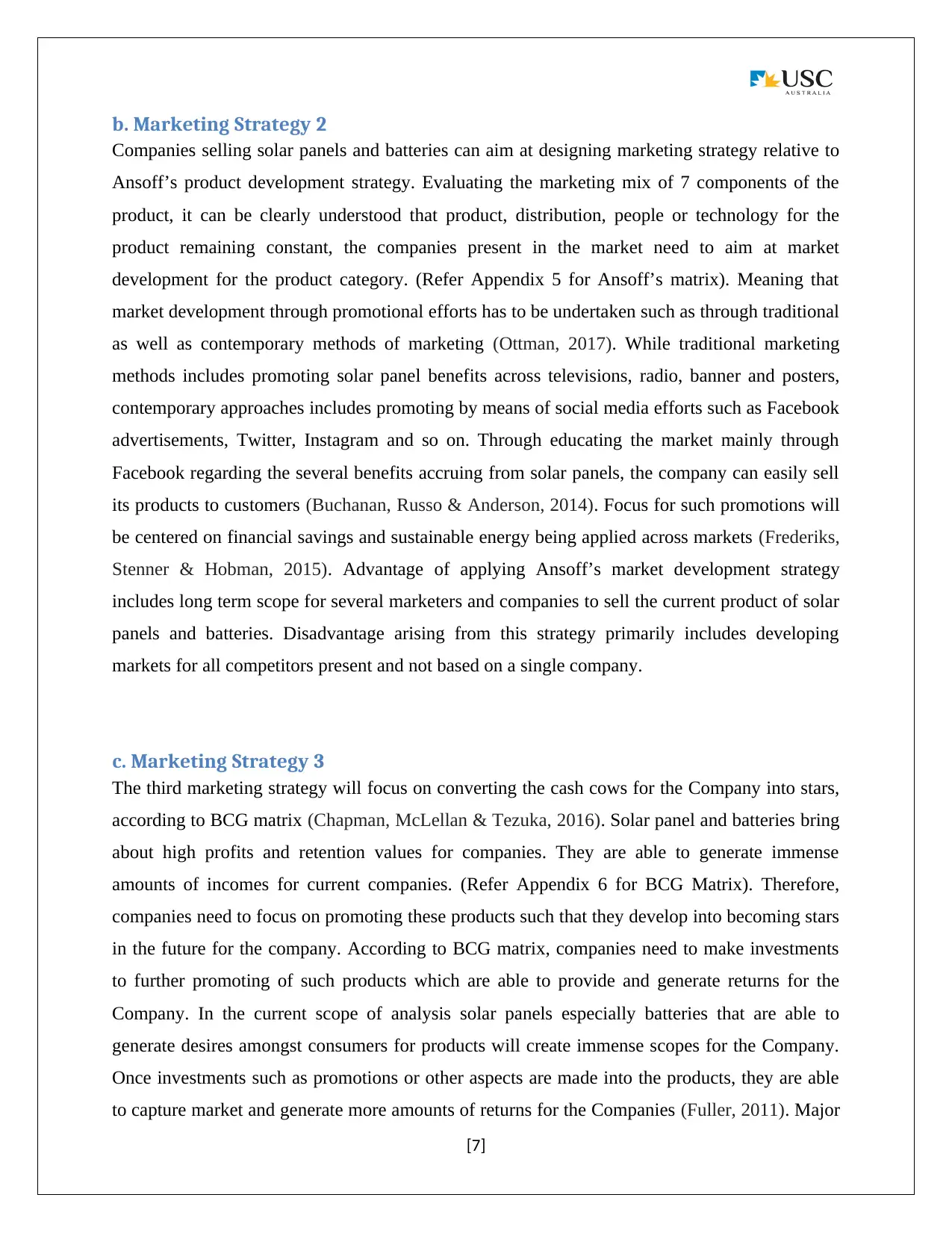
b. Marketing Strategy 2
Companies selling solar panels and batteries can aim at designing marketing strategy relative to
Ansoff’s product development strategy. Evaluating the marketing mix of 7 components of the
product, it can be clearly understood that product, distribution, people or technology for the
product remaining constant, the companies present in the market need to aim at market
development for the product category. (Refer Appendix 5 for Ansoff’s matrix). Meaning that
market development through promotional efforts has to be undertaken such as through traditional
as well as contemporary methods of marketing (Ottman, 2017). While traditional marketing
methods includes promoting solar panel benefits across televisions, radio, banner and posters,
contemporary approaches includes promoting by means of social media efforts such as Facebook
advertisements, Twitter, Instagram and so on. Through educating the market mainly through
Facebook regarding the several benefits accruing from solar panels, the company can easily sell
its products to customers (Buchanan, Russo & Anderson, 2014). Focus for such promotions will
be centered on financial savings and sustainable energy being applied across markets (Frederiks,
Stenner & Hobman, 2015). Advantage of applying Ansoff’s market development strategy
includes long term scope for several marketers and companies to sell the current product of solar
panels and batteries. Disadvantage arising from this strategy primarily includes developing
markets for all competitors present and not based on a single company.
c. Marketing Strategy 3
The third marketing strategy will focus on converting the cash cows for the Company into stars,
according to BCG matrix (Chapman, McLellan & Tezuka, 2016). Solar panel and batteries bring
about high profits and retention values for companies. They are able to generate immense
amounts of incomes for current companies. (Refer Appendix 6 for BCG Matrix). Therefore,
companies need to focus on promoting these products such that they develop into becoming stars
in the future for the company. According to BCG matrix, companies need to make investments
to further promoting of such products which are able to provide and generate returns for the
Company. In the current scope of analysis solar panels especially batteries that are able to
generate desires amongst consumers for products will create immense scopes for the Company.
Once investments such as promotions or other aspects are made into the products, they are able
to capture market and generate more amounts of returns for the Companies (Fuller, 2011). Major
[7]
Companies selling solar panels and batteries can aim at designing marketing strategy relative to
Ansoff’s product development strategy. Evaluating the marketing mix of 7 components of the
product, it can be clearly understood that product, distribution, people or technology for the
product remaining constant, the companies present in the market need to aim at market
development for the product category. (Refer Appendix 5 for Ansoff’s matrix). Meaning that
market development through promotional efforts has to be undertaken such as through traditional
as well as contemporary methods of marketing (Ottman, 2017). While traditional marketing
methods includes promoting solar panel benefits across televisions, radio, banner and posters,
contemporary approaches includes promoting by means of social media efforts such as Facebook
advertisements, Twitter, Instagram and so on. Through educating the market mainly through
Facebook regarding the several benefits accruing from solar panels, the company can easily sell
its products to customers (Buchanan, Russo & Anderson, 2014). Focus for such promotions will
be centered on financial savings and sustainable energy being applied across markets (Frederiks,
Stenner & Hobman, 2015). Advantage of applying Ansoff’s market development strategy
includes long term scope for several marketers and companies to sell the current product of solar
panels and batteries. Disadvantage arising from this strategy primarily includes developing
markets for all competitors present and not based on a single company.
c. Marketing Strategy 3
The third marketing strategy will focus on converting the cash cows for the Company into stars,
according to BCG matrix (Chapman, McLellan & Tezuka, 2016). Solar panel and batteries bring
about high profits and retention values for companies. They are able to generate immense
amounts of incomes for current companies. (Refer Appendix 6 for BCG Matrix). Therefore,
companies need to focus on promoting these products such that they develop into becoming stars
in the future for the company. According to BCG matrix, companies need to make investments
to further promoting of such products which are able to provide and generate returns for the
Company. In the current scope of analysis solar panels especially batteries that are able to
generate desires amongst consumers for products will create immense scopes for the Company.
Once investments such as promotions or other aspects are made into the products, they are able
to capture market and generate more amounts of returns for the Companies (Fuller, 2011). Major
[7]
Paraphrase This Document
Need a fresh take? Get an instant paraphrase of this document with our AI Paraphraser
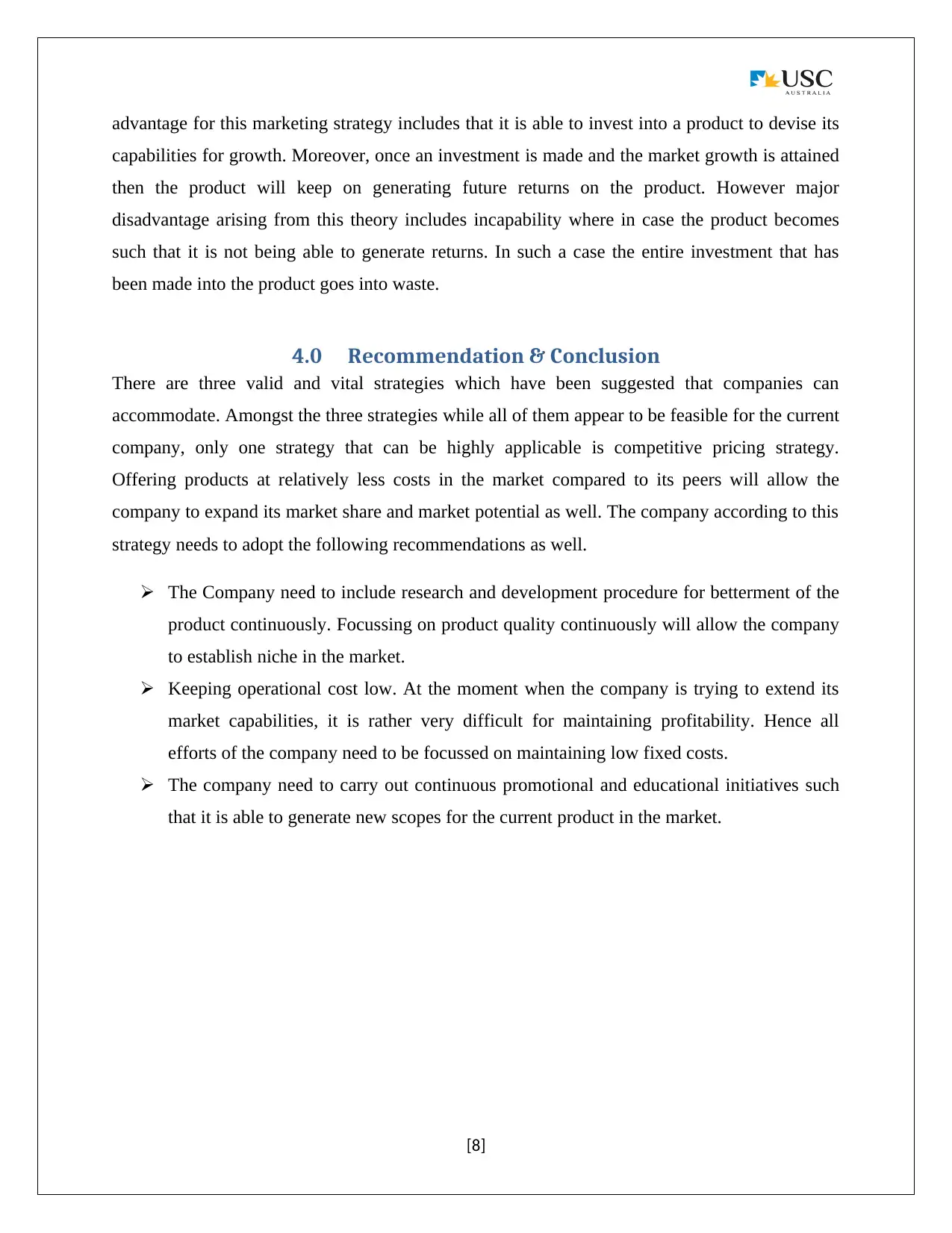
advantage for this marketing strategy includes that it is able to invest into a product to devise its
capabilities for growth. Moreover, once an investment is made and the market growth is attained
then the product will keep on generating future returns on the product. However major
disadvantage arising from this theory includes incapability where in case the product becomes
such that it is not being able to generate returns. In such a case the entire investment that has
been made into the product goes into waste.
4.0 Recommendation & Conclusion
There are three valid and vital strategies which have been suggested that companies can
accommodate. Amongst the three strategies while all of them appear to be feasible for the current
company, only one strategy that can be highly applicable is competitive pricing strategy.
Offering products at relatively less costs in the market compared to its peers will allow the
company to expand its market share and market potential as well. The company according to this
strategy needs to adopt the following recommendations as well.
The Company need to include research and development procedure for betterment of the
product continuously. Focussing on product quality continuously will allow the company
to establish niche in the market.
Keeping operational cost low. At the moment when the company is trying to extend its
market capabilities, it is rather very difficult for maintaining profitability. Hence all
efforts of the company need to be focussed on maintaining low fixed costs.
The company need to carry out continuous promotional and educational initiatives such
that it is able to generate new scopes for the current product in the market.
[8]
capabilities for growth. Moreover, once an investment is made and the market growth is attained
then the product will keep on generating future returns on the product. However major
disadvantage arising from this theory includes incapability where in case the product becomes
such that it is not being able to generate returns. In such a case the entire investment that has
been made into the product goes into waste.
4.0 Recommendation & Conclusion
There are three valid and vital strategies which have been suggested that companies can
accommodate. Amongst the three strategies while all of them appear to be feasible for the current
company, only one strategy that can be highly applicable is competitive pricing strategy.
Offering products at relatively less costs in the market compared to its peers will allow the
company to expand its market share and market potential as well. The company according to this
strategy needs to adopt the following recommendations as well.
The Company need to include research and development procedure for betterment of the
product continuously. Focussing on product quality continuously will allow the company
to establish niche in the market.
Keeping operational cost low. At the moment when the company is trying to extend its
market capabilities, it is rather very difficult for maintaining profitability. Hence all
efforts of the company need to be focussed on maintaining low fixed costs.
The company need to carry out continuous promotional and educational initiatives such
that it is able to generate new scopes for the current product in the market.
[8]
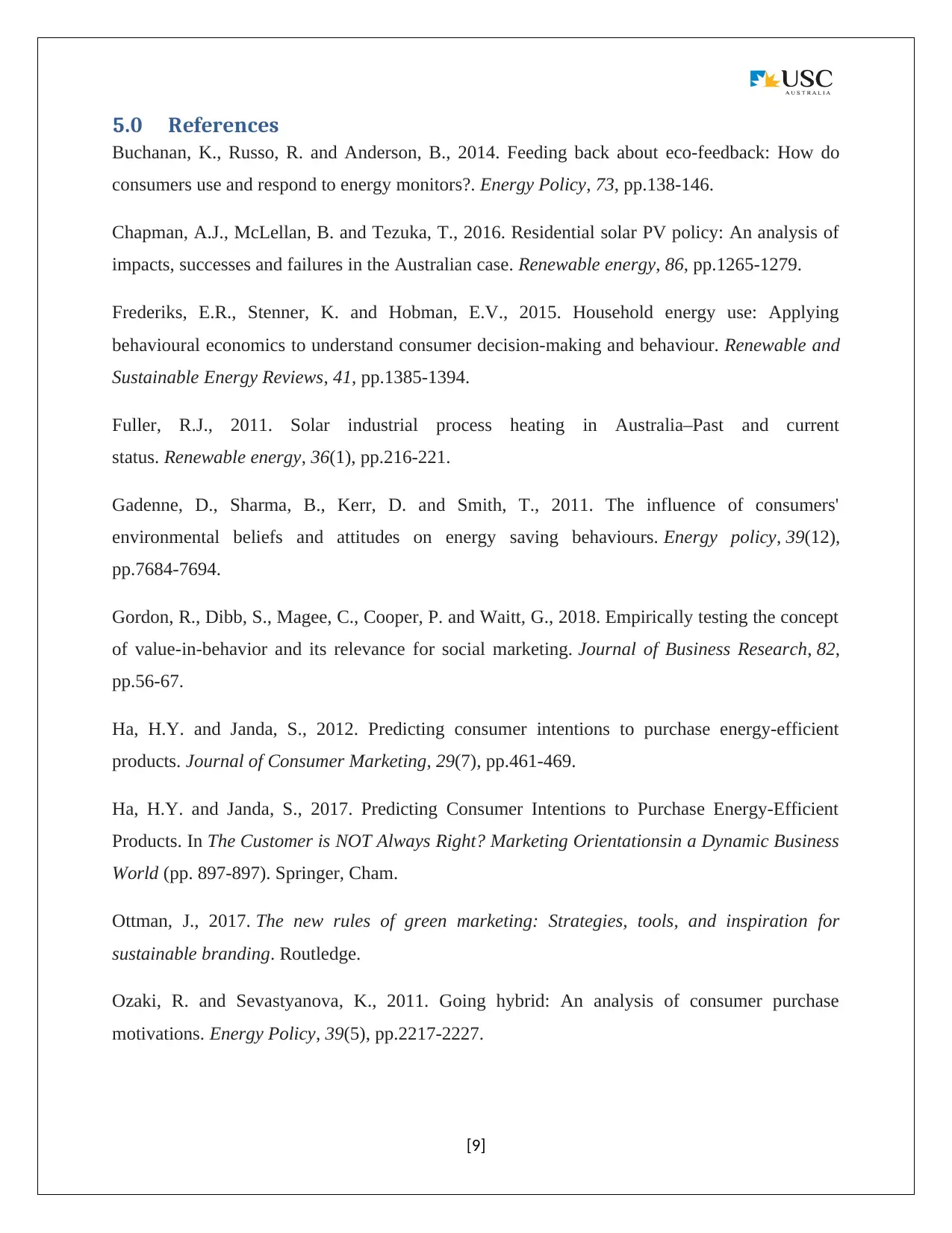
5.0 References
Buchanan, K., Russo, R. and Anderson, B., 2014. Feeding back about eco-feedback: How do
consumers use and respond to energy monitors?. Energy Policy, 73, pp.138-146.
Chapman, A.J., McLellan, B. and Tezuka, T., 2016. Residential solar PV policy: An analysis of
impacts, successes and failures in the Australian case. Renewable energy, 86, pp.1265-1279.
Frederiks, E.R., Stenner, K. and Hobman, E.V., 2015. Household energy use: Applying
behavioural economics to understand consumer decision-making and behaviour. Renewable and
Sustainable Energy Reviews, 41, pp.1385-1394.
Fuller, R.J., 2011. Solar industrial process heating in Australia–Past and current
status. Renewable energy, 36(1), pp.216-221.
Gadenne, D., Sharma, B., Kerr, D. and Smith, T., 2011. The influence of consumers'
environmental beliefs and attitudes on energy saving behaviours. Energy policy, 39(12),
pp.7684-7694.
Gordon, R., Dibb, S., Magee, C., Cooper, P. and Waitt, G., 2018. Empirically testing the concept
of value-in-behavior and its relevance for social marketing. Journal of Business Research, 82,
pp.56-67.
Ha, H.Y. and Janda, S., 2012. Predicting consumer intentions to purchase energy-efficient
products. Journal of Consumer Marketing, 29(7), pp.461-469.
Ha, H.Y. and Janda, S., 2017. Predicting Consumer Intentions to Purchase Energy-Efficient
Products. In The Customer is NOT Always Right? Marketing Orientationsin a Dynamic Business
World (pp. 897-897). Springer, Cham.
Ottman, J., 2017. The new rules of green marketing: Strategies, tools, and inspiration for
sustainable branding. Routledge.
Ozaki, R. and Sevastyanova, K., 2011. Going hybrid: An analysis of consumer purchase
motivations. Energy Policy, 39(5), pp.2217-2227.
[9]
Buchanan, K., Russo, R. and Anderson, B., 2014. Feeding back about eco-feedback: How do
consumers use and respond to energy monitors?. Energy Policy, 73, pp.138-146.
Chapman, A.J., McLellan, B. and Tezuka, T., 2016. Residential solar PV policy: An analysis of
impacts, successes and failures in the Australian case. Renewable energy, 86, pp.1265-1279.
Frederiks, E.R., Stenner, K. and Hobman, E.V., 2015. Household energy use: Applying
behavioural economics to understand consumer decision-making and behaviour. Renewable and
Sustainable Energy Reviews, 41, pp.1385-1394.
Fuller, R.J., 2011. Solar industrial process heating in Australia–Past and current
status. Renewable energy, 36(1), pp.216-221.
Gadenne, D., Sharma, B., Kerr, D. and Smith, T., 2011. The influence of consumers'
environmental beliefs and attitudes on energy saving behaviours. Energy policy, 39(12),
pp.7684-7694.
Gordon, R., Dibb, S., Magee, C., Cooper, P. and Waitt, G., 2018. Empirically testing the concept
of value-in-behavior and its relevance for social marketing. Journal of Business Research, 82,
pp.56-67.
Ha, H.Y. and Janda, S., 2012. Predicting consumer intentions to purchase energy-efficient
products. Journal of Consumer Marketing, 29(7), pp.461-469.
Ha, H.Y. and Janda, S., 2017. Predicting Consumer Intentions to Purchase Energy-Efficient
Products. In The Customer is NOT Always Right? Marketing Orientationsin a Dynamic Business
World (pp. 897-897). Springer, Cham.
Ottman, J., 2017. The new rules of green marketing: Strategies, tools, and inspiration for
sustainable branding. Routledge.
Ozaki, R. and Sevastyanova, K., 2011. Going hybrid: An analysis of consumer purchase
motivations. Energy Policy, 39(5), pp.2217-2227.
[9]
⊘ This is a preview!⊘
Do you want full access?
Subscribe today to unlock all pages.

Trusted by 1+ million students worldwide
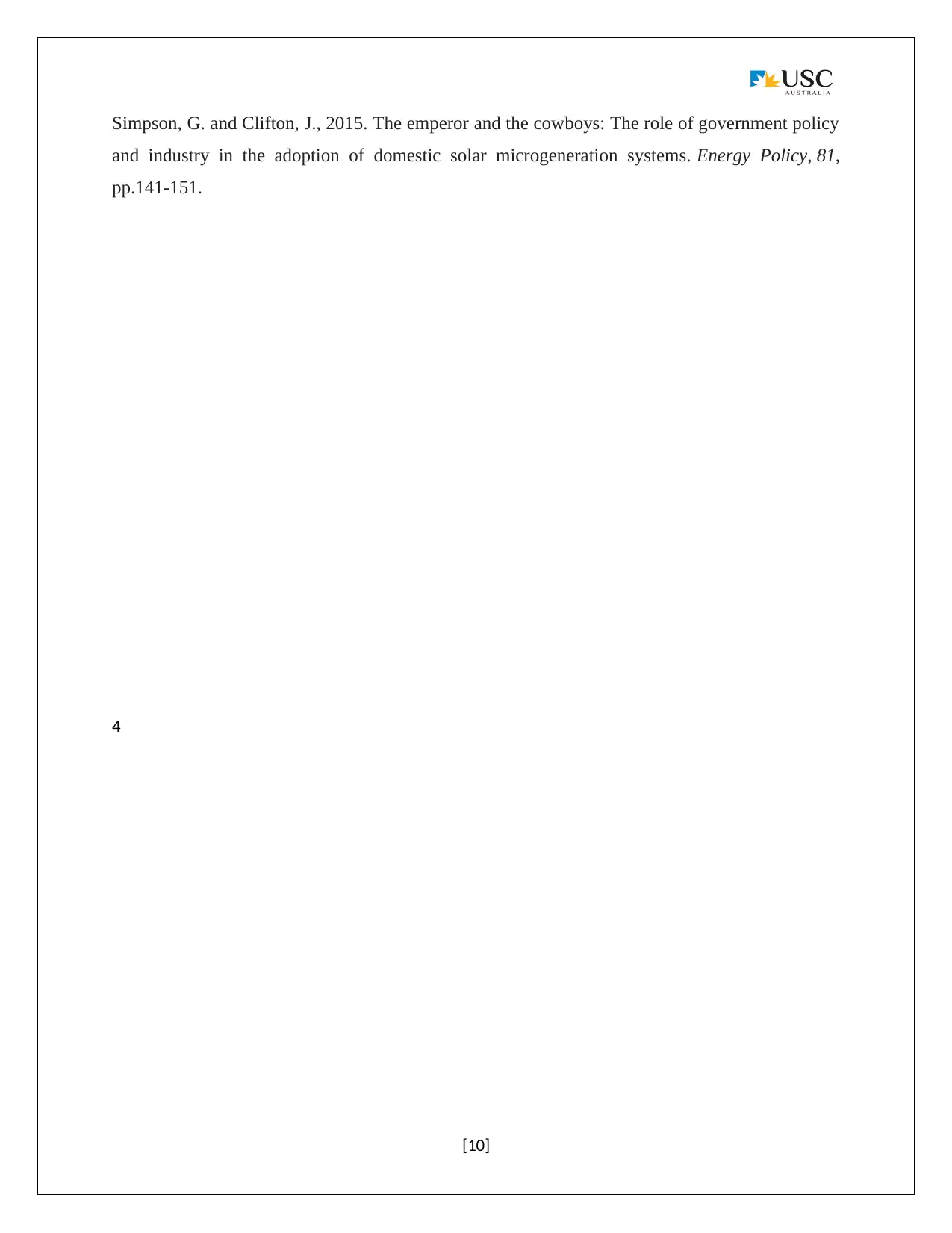
Simpson, G. and Clifton, J., 2015. The emperor and the cowboys: The role of government policy
and industry in the adoption of domestic solar microgeneration systems. Energy Policy, 81,
pp.141-151.
4
[10]
and industry in the adoption of domestic solar microgeneration systems. Energy Policy, 81,
pp.141-151.
4
[10]
Paraphrase This Document
Need a fresh take? Get an instant paraphrase of this document with our AI Paraphraser
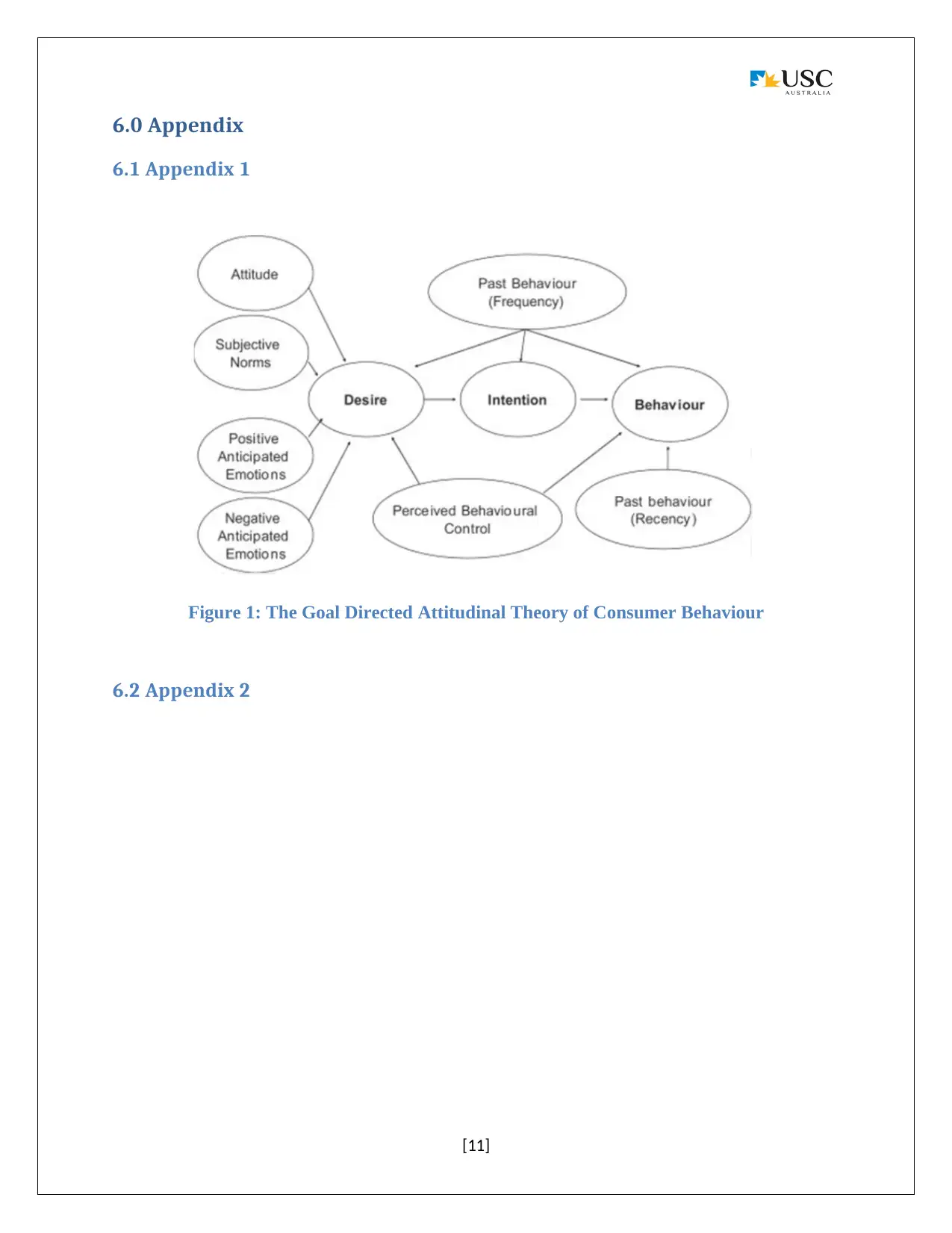
6.0 Appendix
6.1 Appendix 1
Figure 1: The Goal Directed Attitudinal Theory of Consumer Behaviour
6.2 Appendix 2
[11]
6.1 Appendix 1
Figure 1: The Goal Directed Attitudinal Theory of Consumer Behaviour
6.2 Appendix 2
[11]
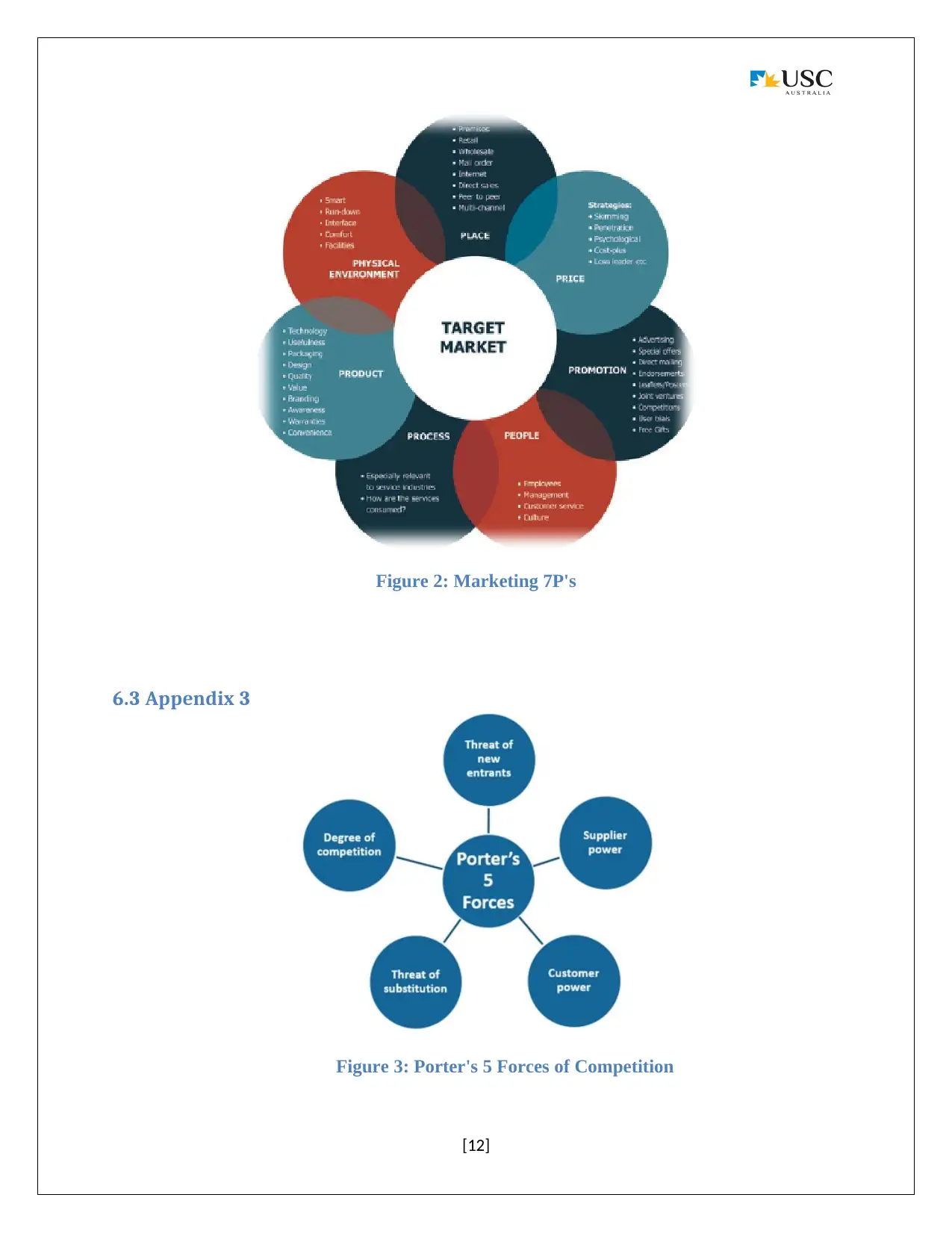
Figure 2: Marketing 7P's
6.3 Appendix 3
Figure 3: Porter's 5 Forces of Competition
[12]
6.3 Appendix 3
Figure 3: Porter's 5 Forces of Competition
[12]
⊘ This is a preview!⊘
Do you want full access?
Subscribe today to unlock all pages.

Trusted by 1+ million students worldwide
1 out of 15
Related Documents
Your All-in-One AI-Powered Toolkit for Academic Success.
+13062052269
info@desklib.com
Available 24*7 on WhatsApp / Email
![[object Object]](/_next/static/media/star-bottom.7253800d.svg)
Unlock your academic potential
Copyright © 2020–2025 A2Z Services. All Rights Reserved. Developed and managed by ZUCOL.




